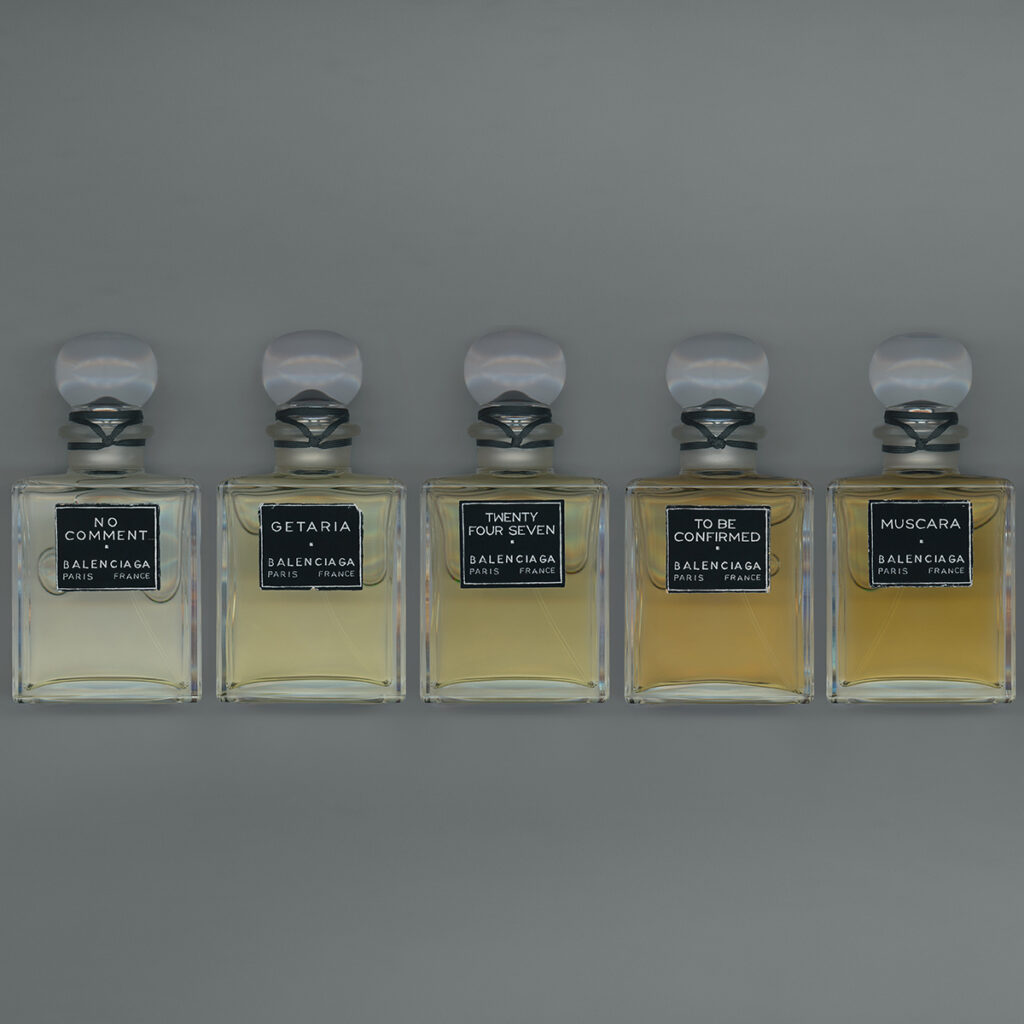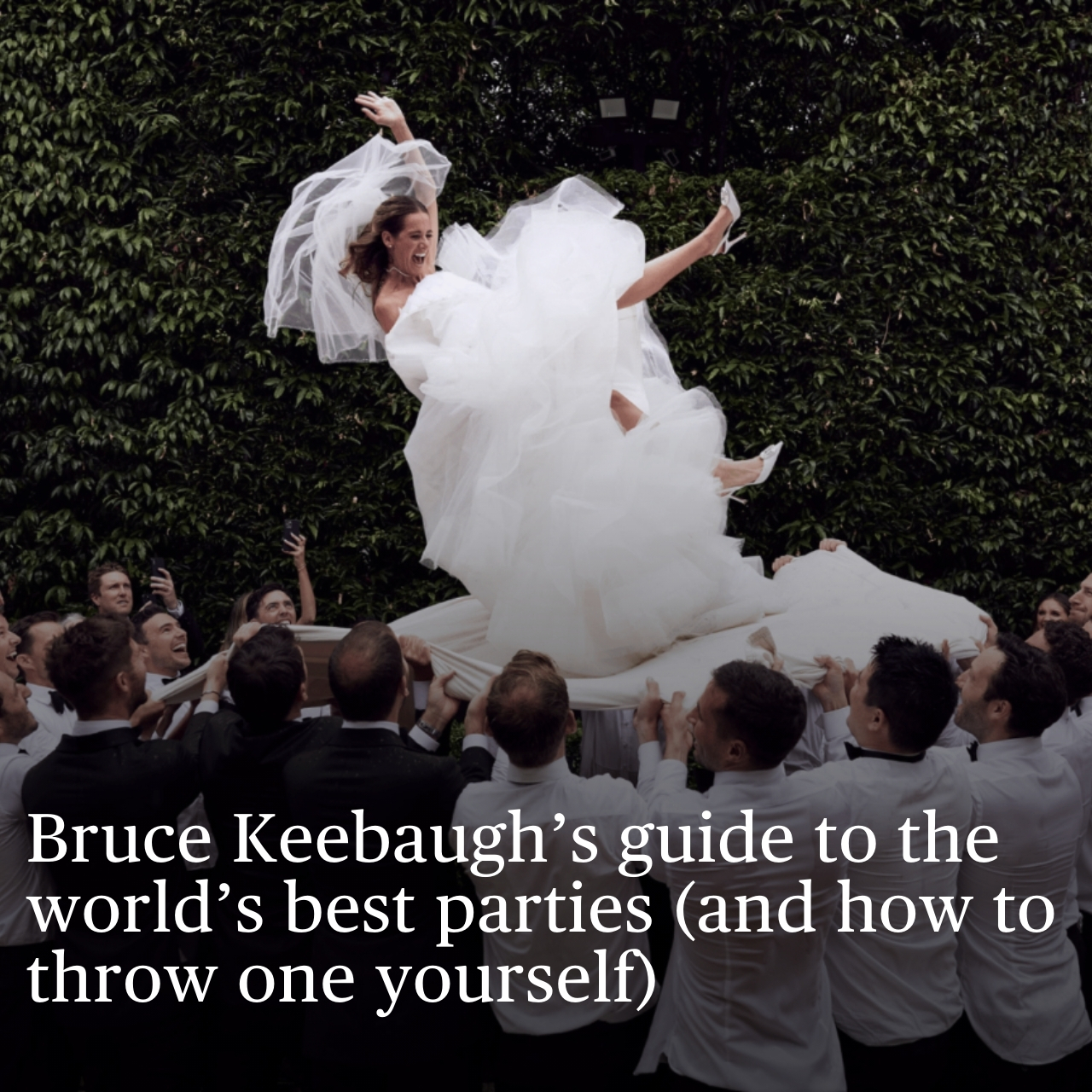Ghosts of the past: Balenciaga just revived their legendary fragrance Le Dix
The collection features eight new fragrances and two long-lost icons, Le Dix and Cristobal

SEVENTY-FIVE YEARS AFTER CRISTÓBAL BALENCIAGA first released his mythical scent Le Dix, the Maison has released a collection that expands on its lasting heritage. A suite of 10 fragrances, each one presented as an extension of the House’s design language: volumes, silhouettes and a clash of past and present.
In some ways, this project began with a legend, a ghost story even: A forgotten bottle of Le Dix, Balenciaga’s inaugural fragrance from 1947, lay missing from the House’s archives for fifteen years. Its rediscovery set in motion a revival that would become the foundation for the new collection. Faithfully reproduced, the flacon carries its patina of age into the present, its globular glass cap and hand-tied ribbon now standing as symbols of continuity between then and now.
For Balenciaga, perfume has often been an exercise in duality. The couturier was known for silhouettes that borrowed from sculpture, garments that appeared austere yet carried a hidden grace.

Within this framework, Le Dix holds particular weight. Revived for the present, the fragrance is described as an “olfactory time capsule,” marrying iris absolute with isolated aldehydes. Violet leaf and incense lend dimension, producing a profile that gestures backwards while resisting the easy lure of retro. Rather than a repetition of history, it is a re-composition, a way of asking what heritage means once time has intervened.
If Le Dix is a bridge, then Cristóbal acts as an anchor. Named for the founder himself, the perfume layers Assafi oud with patchouli and oak moss. The effect is textured, even architectural, recalling the “chou” shapes that defined Balenciaga’s couture. Where Le Dix reflects the Maison’s Parisian address at 10 Avenue George V, Cristóbal returns to the man who shaped the House’s vocabulary. Oud, among the most precious of raw materials, becomes a proxy for legacy: rare, enduring, and deeply resonant.

Together, these two bottles chart the poles of the collection. One is Paris in the aftermath of war, where Balenciaga carved a radical space for form and proportion. The other is Getaria, the small coastal town in Spain where the couturier was born, refracted here through scent and memory. Between them lies a spectrum of perfumes that play with light and shadow, clarity and opacity, scents that cocoon, expand and surround rather than simply sit on the skin.
Balenciaga’s decision to treat perfume as an archive made visible and wearable underscores the House’s ongoing preoccupation with time. The bottles themselves carry deliberate signs of ageing, their boxes etched with the marks of history. This attention to materiality grounds the collection, ensuring that even at its most technologically advanced, it remains tethered to something tactile and human.

To enter the world of these new perfumes is to encounter Balenciaga’s broader philosophy: that clothing, like scent, is never static. Both are experiences shaped by tension, between structure and softness, tradition and innovation, the hand and the machine. In this sense, perfume becomes another kind of couture, sculpting volume through the intangible medium of smell.
The collection launched in September at the House’s historic Paris address, 10 Avenue George V, the same rooms where Cristóbal Balenciaga once staged his couture shows. For those of us in Australia, expect to see them in store at Balenciaga boutiques by the end of September.
Related:
How Creed Millésime Impérial became a summer fragrance icon
How Boss made an iconic fragrance darker, richer and even better











